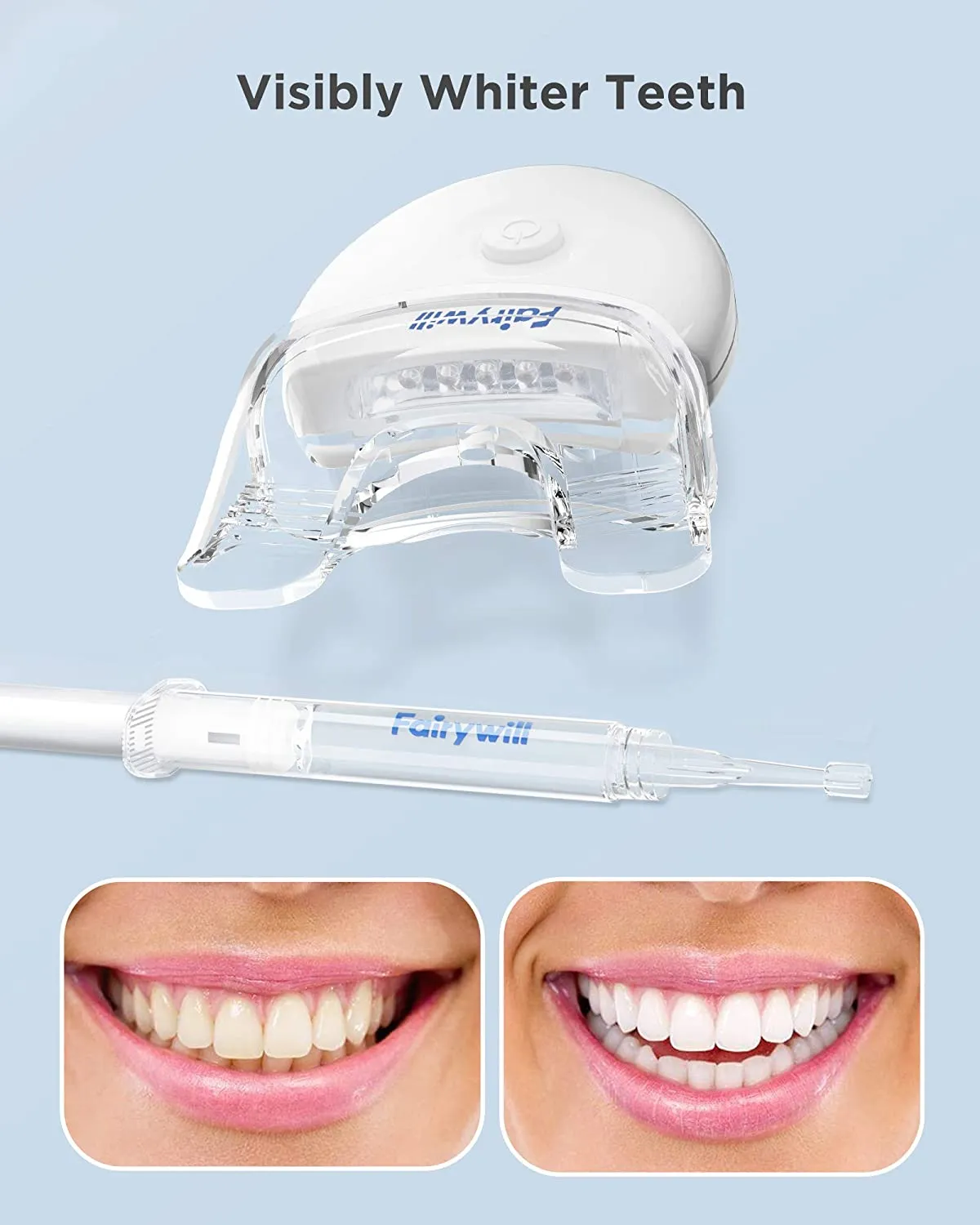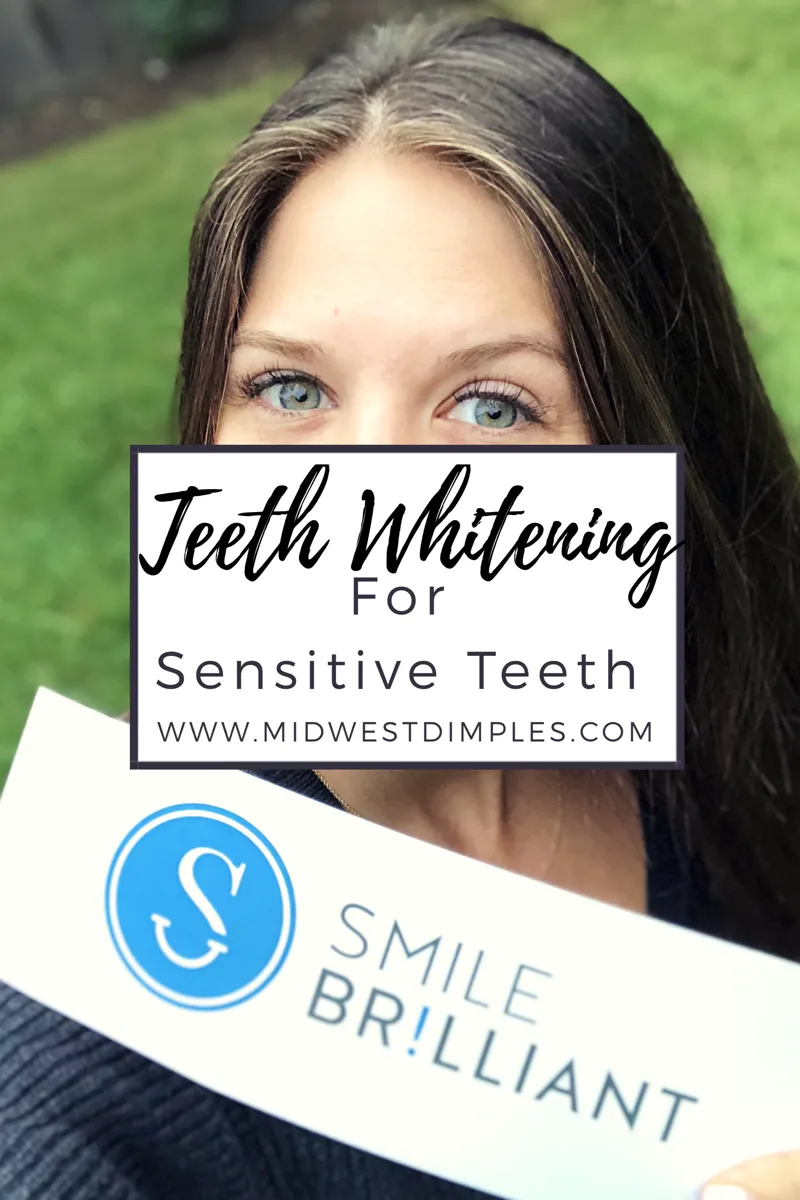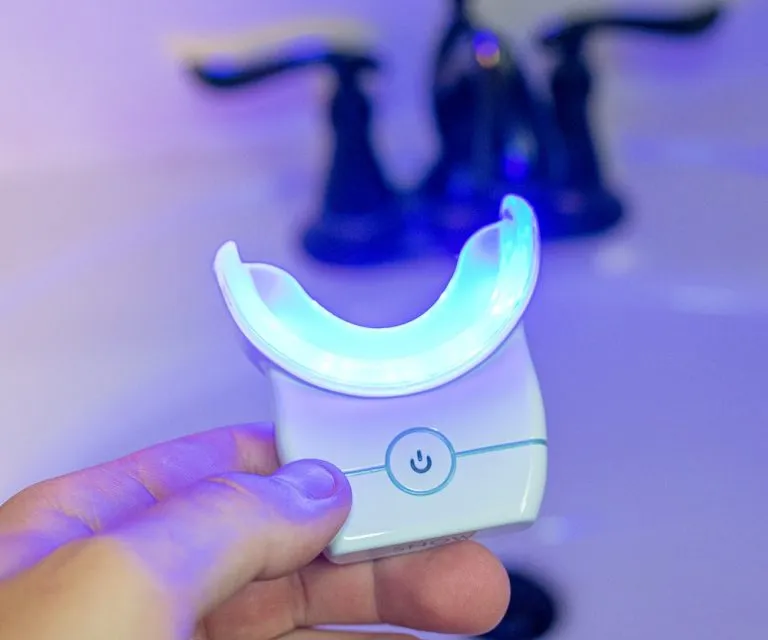What to Consider When Choosing a Teeth Whitening Light
Choosing the best teeth whitening light for sensitive teeth involves careful consideration of several factors. Individuals with sensitive teeth often experience discomfort during whitening treatments, making it crucial to select products that minimize irritation. Key aspects to evaluate include light intensity, the wavelengths emitted, the composition of the whitening gel, and the design of the device itself. Furthermore, it’s important to consider the overall safety of the product and its potential impact on your oral health. A thorough understanding of these elements will enable you to make an informed decision and achieve a brighter smile without exacerbating sensitivity.
Light Intensity and Sensitivity
The intensity of light emitted by a teeth whitening device significantly impacts its effectiveness and the potential for sensitivity. Higher intensity lights can accelerate the whitening process but may also lead to increased discomfort for those with sensitive teeth. The amount of light exposure can vary greatly among different devices, ranging from low-intensity LED lights to more powerful halogen or plasma lights. When selecting a teeth whitening light, look for devices with adjustable intensity settings, which allow you to start with lower settings and gradually increase the power as your teeth adjust. This approach can help minimize sensitivity while still achieving noticeable results. It’s also helpful to consult your dentist to determine the appropriate light intensity for your specific needs and sensitivity levels.
Light Wavelengths and Their Effects

Different wavelengths of light interact with the tooth enamel and whitening gel in various ways. Blue light, which is commonly used in teeth whitening, is known for its ability to activate the whitening agents, such as hydrogen peroxide, and accelerate the bleaching process. However, blue light can also generate heat, which can increase sensitivity, especially in individuals with thinner enamel or existing dental issues. Some whitening lights use a combination of wavelengths, including red light, which is known for its soothing properties and can help reduce inflammation. When evaluating teeth whitening lights, consider the specific wavelengths emitted and the potential impact on your teeth. Devices that combine blue and red light may offer a better balance between whitening effectiveness and comfort, and may be a great option to consider. Furthermore, it’s wise to look for lights that are specifically designed to minimize heat generation, as this can significantly reduce the risk of sensitivity.
The Importance of Whitening Gel
The whitening gel is a crucial component of the teeth whitening process, and its composition can greatly affect the level of sensitivity experienced. Gels typically contain a bleaching agent, such as hydrogen peroxide or carbamide peroxide, which breaks down stains on the tooth surface. The concentration of the bleaching agent directly influences the whitening power, with higher concentrations yielding faster results but also increasing the risk of sensitivity. For sensitive teeth, it’s advisable to choose gels with lower concentrations of the active bleaching agent. Look for products that offer a range of concentration levels, allowing you to start with a milder formula and gradually increase the strength as needed. Additionally, consider gels that contain desensitizing agents, such as potassium nitrate or fluoride, which can help to reduce sensitivity by blocking pain signals in the nerves of the teeth.
Ingredients to Avoid for Sensitive Teeth
Certain ingredients in teeth whitening gels can exacerbate sensitivity and should be avoided if you have sensitive teeth. High concentrations of hydrogen peroxide are a primary culprit, as they can irritate the gums and teeth. Avoid products with excessively high percentages of hydrogen peroxide, especially when starting treatment. Another ingredient to watch out for is alcohol, which can dry out the mouth and potentially increase sensitivity. Additionally, some gels may contain harsh abrasives or chemicals that can erode enamel and cause discomfort. Always read the ingredient list carefully and choose products that are specifically formulated for sensitive teeth. Look for gels that are free of harsh chemicals and contain soothing ingredients to minimize potential irritation and help you get the best results.
Top Features of a Sensitive Teeth Whitening Light

When choosing a teeth whitening light for sensitive teeth, several features can enhance both the effectiveness and comfort of the treatment. Adjustable light intensity is a must-have feature, allowing you to customize the treatment to your sensitivity level. Look for lights that offer multiple intensity settings, so you can start with a lower setting and gradually increase the power. Another useful feature is a built-in timer, which ensures you do not over-treat your teeth and helps you follow the recommended treatment duration. Some lights also include a mouthpiece with a comfortable design that fits snugly in your mouth, which helps you to avoid irritating sensitive gums. Lights that are designed to minimize heat production are also a plus, as they can help reduce the risk of discomfort. Finally, consider devices that come with a desensitizing gel to use after the whitening treatment.
Timer and Automatic Shutoff
A built-in timer and automatic shutoff function can be incredibly beneficial when using a teeth whitening light, particularly if you have sensitive teeth. The timer helps you adhere to the recommended treatment duration, preventing over-treatment, which can cause increased sensitivity and potential damage to your enamel. Over-treatment can make your teeth more sensitive. An automatic shutoff feature further ensures that the light turns off after the designated time, eliminating the risk of accidental overexposure. This provides a safety net, ensuring you don’t exceed the recommended treatment time, promoting the health of your teeth. Look for devices that offer a clear and easy-to-use timer, and a reliable automatic shutoff mechanism to enhance the safety and efficiency of your teeth whitening process.
Mouth Tray Design
The design of the mouth tray significantly influences the comfort and effectiveness of your teeth whitening treatment. A well-designed tray should fit comfortably in your mouth, ensuring the whitening gel evenly covers all your teeth. It should also minimize contact with your gums to reduce the risk of irritation, which is especially important for those with sensitive teeth. Look for trays made from flexible, medical-grade silicone, which are generally more comfortable than hard plastic trays. Some trays are custom-molded to fit your teeth precisely. Consider trays with a built-in light, which can provide more consistent light exposure. Also, ensure the tray design allows for proper drainage of excess gel, preventing it from pooling and causing irritation. These features will help improve your experience with a teeth whitening light.
Best Teeth Whitening Light for Sensitive Teeth Recommendations

Choosing the ‘best’ teeth whitening light is subjective. However, here are some options to consider, keeping in mind the needs of sensitive teeth. Look for devices that offer adjustable light intensity, use lower concentrations of whitening agents, and incorporate features that reduce sensitivity. Research brands known for producing sensitive teeth products and consider devices that combine blue and red light therapy. Always read customer reviews. It is wise to look for products that have a high number of positive reviews, specifically those that highlight reduced sensitivity or comfort. Be aware that what works for one person might not work for another.
Popular Brands
Several brands have established reputations for producing effective teeth whitening products that are gentle on sensitive teeth. Opalescence is frequently recommended by dental professionals, with a range of products designed to address sensitivity. Another reputable brand is Crest, with its whitening strips and light systems. When selecting a brand, evaluate the features of their products. Look for options with adjustable light intensity, and gels specifically designed for sensitive teeth. Reading product reviews can provide valuable insights into the experiences of other users. Pay attention to any mentions of sensitivity. Also, consider a brand’s reputation for customer service and product support, which can be valuable if you encounter any issues with your purchase.
Product Reviews
Reading product reviews is crucial when researching teeth whitening lights, particularly if you have sensitive teeth. Look for reviews from users with similar sensitivity issues, as their experiences can provide valuable insights into the product’s performance and potential side effects. Pay attention to comments about the level of sensitivity experienced. Note whether the device caused significant discomfort or if the reviewers found it manageable. Consider the effectiveness of the whitening process. Did the users see a noticeable improvement in the brightness of their teeth? Also, read reviews from multiple sources. Look at both professional dental websites and customer review platforms to get a comprehensive understanding of each product. Use reviews to identify any patterns. If a product receives consistent complaints about sensitivity, it may not be the best choice for you.
How to Use a Teeth Whitening Light Safely

Using a teeth whitening light safely is crucial to minimizing potential sensitivity and achieving optimal results. Always read and follow the manufacturer’s instructions carefully. Start with the lowest light intensity setting and gradually increase it if you do not experience any discomfort. Use the recommended amount of whitening gel, and avoid overfilling the tray, as this can cause gum irritation. Wear the mouth tray for the duration specified. Do not exceed the recommended treatment time, as prolonged exposure can increase sensitivity. After each treatment, rinse your mouth with water and brush your teeth gently with a desensitizing toothpaste. If you experience significant sensitivity or discomfort, stop using the product and consult your dentist.
Consulting Your Dentist
Before using a teeth whitening light, especially if you have sensitive teeth, it’s essential to consult with your dentist. Your dentist can assess the health of your teeth and gums, identify any underlying dental issues. They can advise you on the most suitable whitening methods for your specific situation. They can also recommend products and concentrations of whitening agents that are appropriate for your level of sensitivity. Your dentist may also be able to provide professional teeth whitening treatments that are customized to your needs. If you have any pre-existing dental conditions, such as cavities, gum disease, or cracked teeth, your dentist can treat these before you begin whitening. Regular dental checkups are always recommended for healthy teeth.
Preventing Sensitivity During Whitening
Several strategies can help prevent sensitivity during teeth whitening treatments. Choose a whitening light with adjustable settings, and start with the lowest intensity. Use a whitening gel with a lower concentration of hydrogen peroxide or carbamide peroxide. Use a desensitizing toothpaste containing potassium nitrate or fluoride for a few weeks before and during the whitening process. This can help block the pain signals and reduce sensitivity. If you experience sensitivity, take breaks between treatments. Do not whiten your teeth every day. Apply a desensitizing gel to your teeth. Avoid consuming acidic foods and beverages, such as citrus fruits and sodas, during and after the whitening treatment. Drink plenty of water to keep your mouth hydrated.
Post-Whitening Care

Proper post-whitening care is essential to maintain your results and minimize any potential side effects. After each whitening session, gently brush your teeth with a desensitizing toothpaste. This helps to soothe sensitive teeth. Avoid consuming foods and drinks that can stain your teeth for at least 24-48 hours after treatment. These include coffee, tea, red wine, and dark-colored berries. Consider using a whitening toothpaste to maintain your results. Schedule regular dental checkups and cleanings to ensure your teeth remain healthy and bright. By following these post-whitening care tips, you can prolong the effects of your teeth whitening treatment. You can also keep your smile looking its best.
Alternatives to Teeth Whitening Lights
If teeth whitening lights are not suitable for your sensitive teeth, several alternative methods can help brighten your smile. Over-the-counter whitening strips are a popular option, offering a gentler whitening experience. Whitening toothpastes can remove surface stains and maintain the brightness of your teeth. If you are looking for a professional approach, talk to your dentist about in-office whitening treatments. These treatments often use stronger whitening agents and are administered under professional supervision. Another alternative is to explore veneers or bonding. These cosmetic procedures can provide a more significant and lasting improvement in the appearance of your teeth. The best alternative for you will depend on your individual needs and preferences. Be sure to consult with your dentist.
